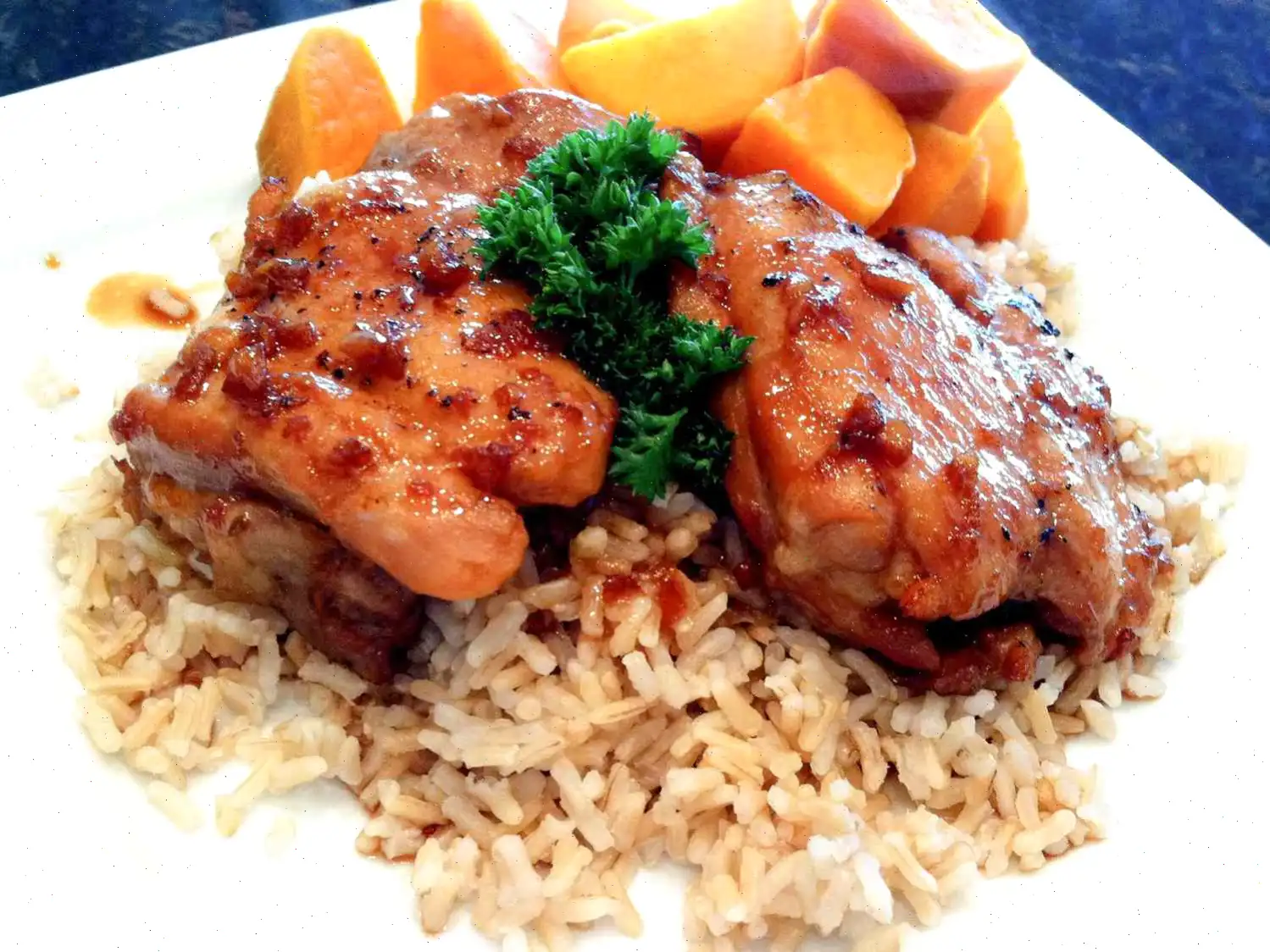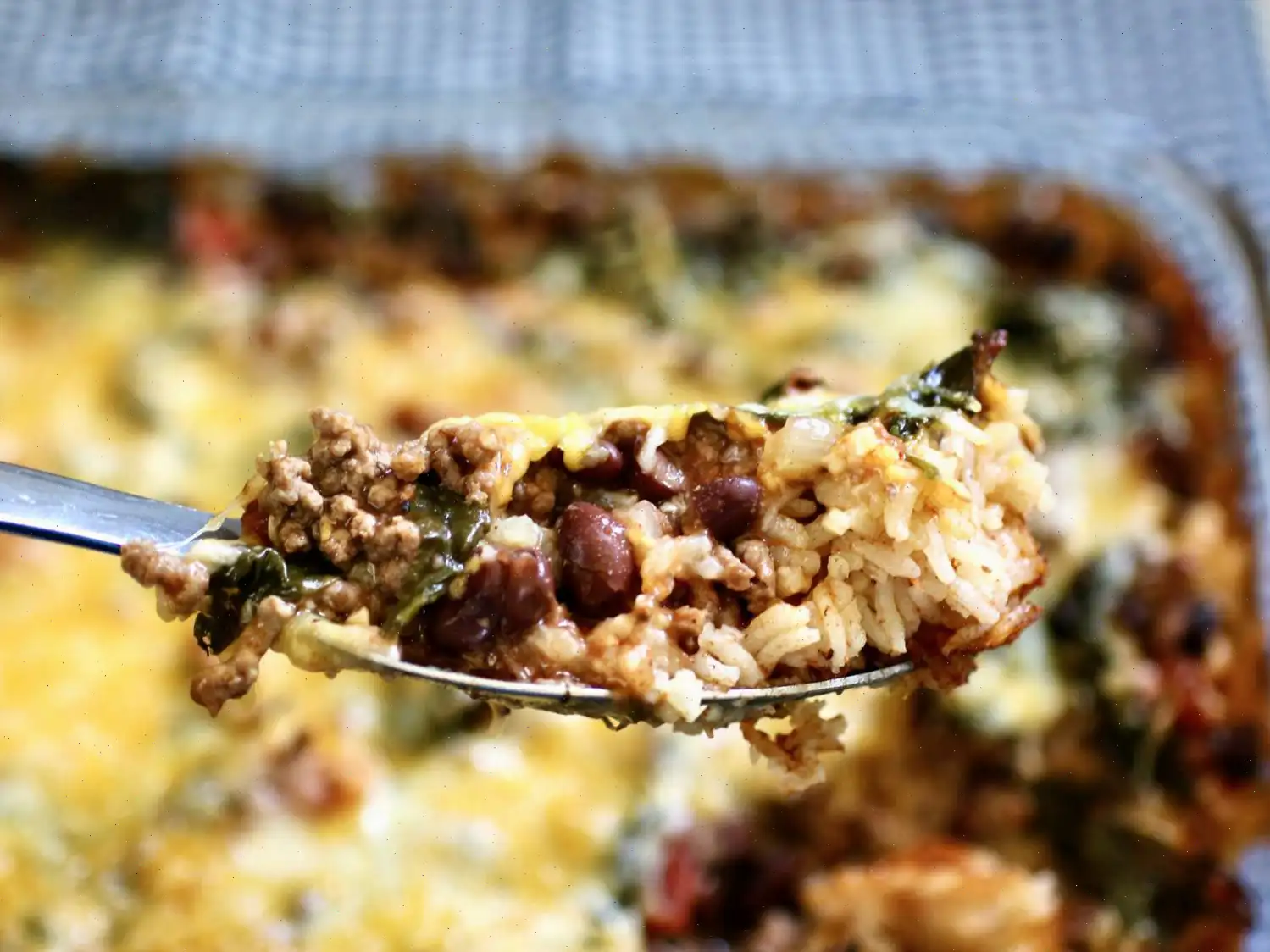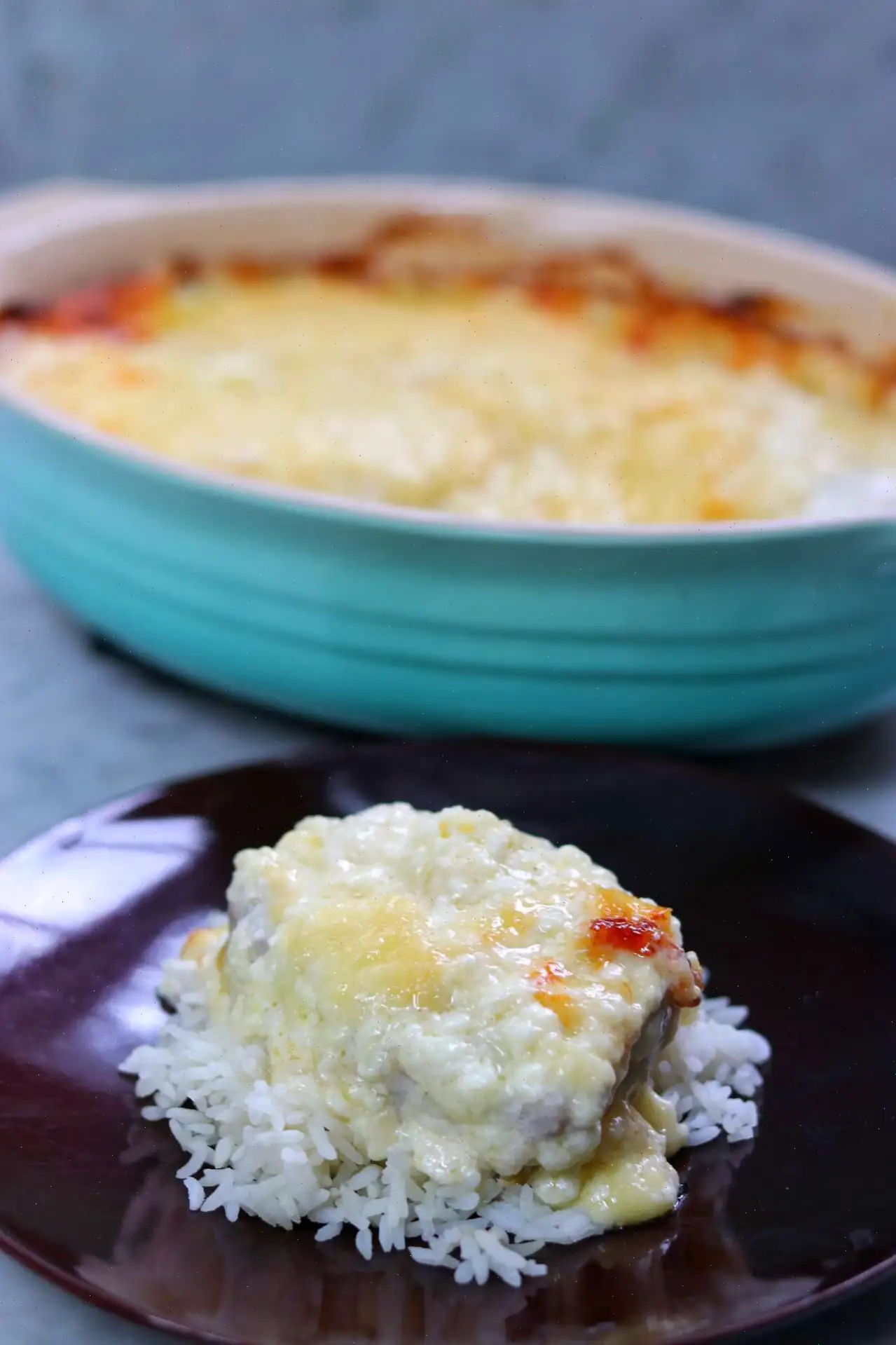
Grilled Chicken Adobo Recipe
Ingredients
- 1 cups soy sauce
- 1 cups water
- cup vinegar
- 3 tablespoons honey
- 1 tablespoons minced garlic
- 3 bay leaves
- teaspoon black pepper
- 3 pounds skinless, boneless chicken thighs
Directions
- Preheat your outdoor grill to high heat and lightly oil the grill grate.
- In a large pot, combine soy sauce, water, vinegar, honey, garlic, bay leaves, and black pepper. Bring the mixture to a boil over medium-high heat.
- Add the chicken thighs into the pot, reduce the heat to low, cover, and let it cook for 35 to 40 minutes.
- Once cooked, remove the chicken from the pot and place it on paper towels to drain excess liquid. Set the chicken aside.
- Discard the bay leaves from the pot and return the sauce to a boil. Let it simmer until the mixture reduces to about 1 cups.
- Place the chicken thighs on the prepared grill and cook for about 5 minutes on each side, or until the chicken is browned and crispy.
- Serve the grilled chicken with the reduced soy sauce mixture.
Nutrition Facts (per serving)
- Calories: 255
- Fat: 7g (9% Daily Value)
- Saturated Fat: 2g (9% Daily Value)
- Cholesterol: 141mg (47% Daily Value)
- Sodium: 2854mg (124% Daily Value)
- Total Carbohydrates: 11g (4% Daily Value)
- Dietary Fiber: 1g (2% Daily Value)
- Total Sugars: 7g
- Protein: 37g (73% Daily Value)
- Vitamin C: 1mg (1% Daily Value)
- Calcium: 32mg (2% Daily Value)
- Iron: 3mg (16% Daily Value)
- Potassium: 510mg (11% Daily Value)

Grilled Chicken Adobo is a modern twist on the traditional Filipino Adobo, where marinated chicken thighs are first simmered in a rich blend of soy sauce, vinegar, garlic, and spices, then grilled to crispy perfection. This delicious fusion of flavors creates a savory, tangy, and slightly sweet dish thats hard to resist. While Adobo is typically made with pork or chicken and cooked in a single pot, grilling adds an extra depth of flavor and texture to the dish, making it a perfect option for outdoor gatherings and family dinners.
History and Origin of Adobo
The term "Adobo" comes from the Spanish word "adobar," meaning "to marinate," which perfectly describes this dish's cooking process. Although Adobo is a popular Filipino dish, its origins can be traced back to Spanish colonial rule in the Philippines. The Spanish introduced the technique of marinating meats in vinegar and spices to preserve them in tropical climates. Over time, the Filipino people adapted the dish, using local ingredients such as soy sauce, which is now an essential component of the Filipino Adobo recipe. Today, Adobo is considered the unofficial national dish of the Philippines, with each region adding its unique touch to the recipe.
Regional Variations
There are numerous regional variations of Adobo across the Philippines. For instance, in the Visayas region, Adobo may be made with coconut milk, which adds a creamy texture to the dish. Meanwhile, in some provinces, the use of sugar or other sweeteners is common, balancing the salty and tangy notes of the dish. This grilled version of Adobo, as opposed to the traditional stewed method, highlights the Filipino love for grilling and adds a smoky flavor to the chicken. Despite these variations, the key ingredientssoy sauce, vinegar, garlic, and bay leavesremain the same, making Adobo instantly recognizable and beloved across the country.
Differences from Similar Dishes
Grilled Chicken Adobo stands out from other similar dishes such as "BBQ Chicken" or "Soy Sauce Chicken" primarily due to its distinctive combination of vinegar and soy sauce, which creates a bold, tangy flavor profile. Traditional BBQ chicken, while also marinated, typically features a sweeter sauce, with more emphasis on ketchup or molasses. On the other hand, Soy Sauce Chicken, commonly found in Chinese cuisine, lacks the tanginess that vinegar imparts to Adobo. The grilled method used in this recipe also gives the chicken a crispy exterior, which is a contrast to the often braised or simmered styles of other soy-based chicken dishes.
Where to Serve Grilled Chicken Adobo
Grilled Chicken Adobo is often served at family gatherings, barbecues, and Filipino fiestas. It pairs beautifully with steamed white rice, which helps balance the richness of the dish's soy sauce-based marinade. It's also commonly served with pickled vegetables or a fresh side salad to add a crisp contrast to the savory chicken. This dish is versatile enough to be served as a main course for a casual meal or as part of a festive spread during special occasions like Christmas, Easter, and national holidays in the Philippines.
Interesting Facts about Adobo
- Adobo is considered one of the most iconic and versatile dishes in Filipino cuisine, with variations found in every province of the Philippines.
- The use of vinegar in Adobo was originally a preservation technique, as it allowed meat to be stored for longer periods without refrigeration.
- Some historians argue that the roots of Adobo can be traced back to the indigenous cooking methods of pre-colonial Filipinos, who used vinegar and salt to preserve fish and meats long before the arrival of the Spanish.
- In the Philippines, Adobo is so beloved that it has been dubbed the unofficial national dish of the country, often sparking debates over which version of the dish is the most authentic.
You can listen to this recipe in AI audio format. Simply click the play button below to listen to the content in a format that suits you best. It’s a great way to absorb information on the go!
FAQ about Grilled Chicken Adobo Recipe
Comments
Helen Davis
01/01/2024 02:21:54 AM
I adjusted the recipe to make 2 servings and followed it exactly, except for using just 1/4 cup of soy sauce and compensating for the reduced liquid with 1/2 cup of water. This modification worked out perfectly. I marinated the chicken in the sauce for a couple of hours before cooking, resulting in moist and flavorful chicken.
Jonathan Clark
09/07/2024 08:39:09 PM
I don't understand how anyone could consider this recipe to be good. I wouldn't recommend it at all! I replaced the soy with extra honey, but it still ended up tasting overwhelmingly of soy and vinegar. Moreover, boiling the chicken for 35 to 45 minutes is completely unnecessary. Save yourself the trouble and skip this recipe.
Edward Carter
06/21/2024 11:25:19 PM
I used only one cup of low sodium soy sauce, keeping everything else the same. The dish turned out to be absolutely delicious. I highly recommend it, especially when served over basmati rice.








